Like many ecologists, every week I read announcements about a new “game changing” technology that promises to turn our ecological crisis around. The game rarely changes.
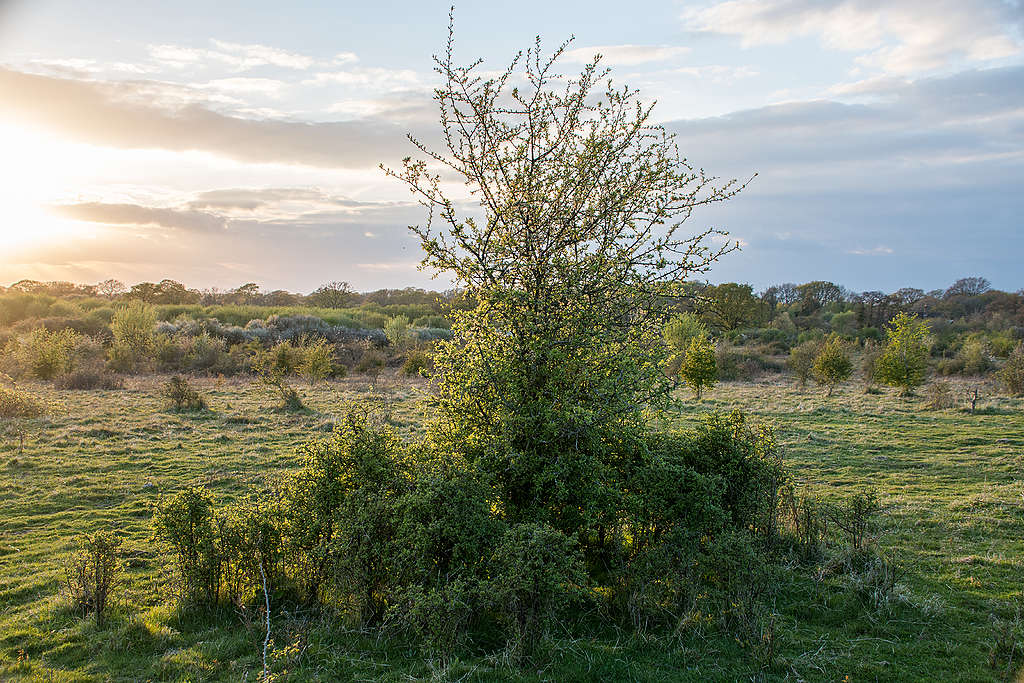
of a catastrophic threat if we do not drastically change our fundamental social systems.
What I rarely hear in popular environmental news are proposals for humanity to back off, to return regions to nature, to give up “managing” nature and allow evolution to work as it has for eons. So I was thrilled to meet Nancy Burrell this fall during the Extinction Rebellion protests in London. Nancy grew up watching an ecological miracle unfold, by giving nature a chance.
She gave me a book
, “Wilding: The Return of Nature to a British Farm,” published last year by her mother, the author and farmer, Isabella Tree . The book is the story of how Isabella and her husband, Charlie Burrell, let their 1,400 hectare farm at Knepp Castle Estate in West Sussex return to the wild. The book recounts the natural restoration of diverse habitats, including novel habitats, that, in turn, provide conditions for a revival of biodiversity.
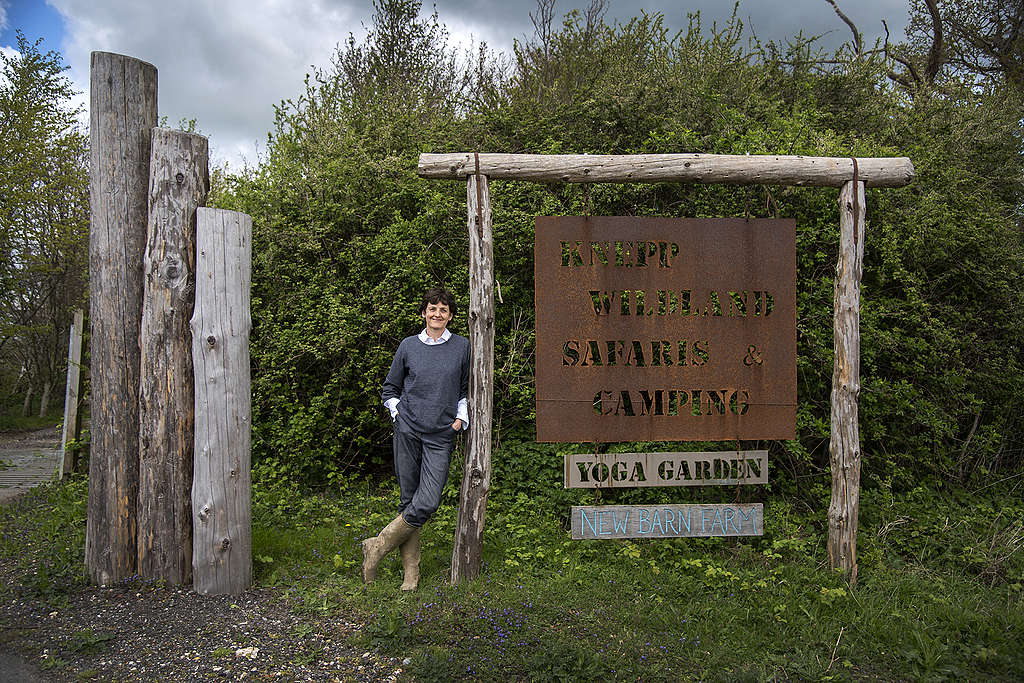
What they learned from Green changed their perspective about the stewardship of land. He explained that their trees, on heavily worked land and depleted soils, had become stranded from their natural ecosystem allies. When Isabella and Charlie allowed land sections to go wild and restore soil mycorrhizae (fungi), for the benefit of oak trees, they began to learn lessons about ecology that could help humanity restore the health of the entire Earth.
The wild mess
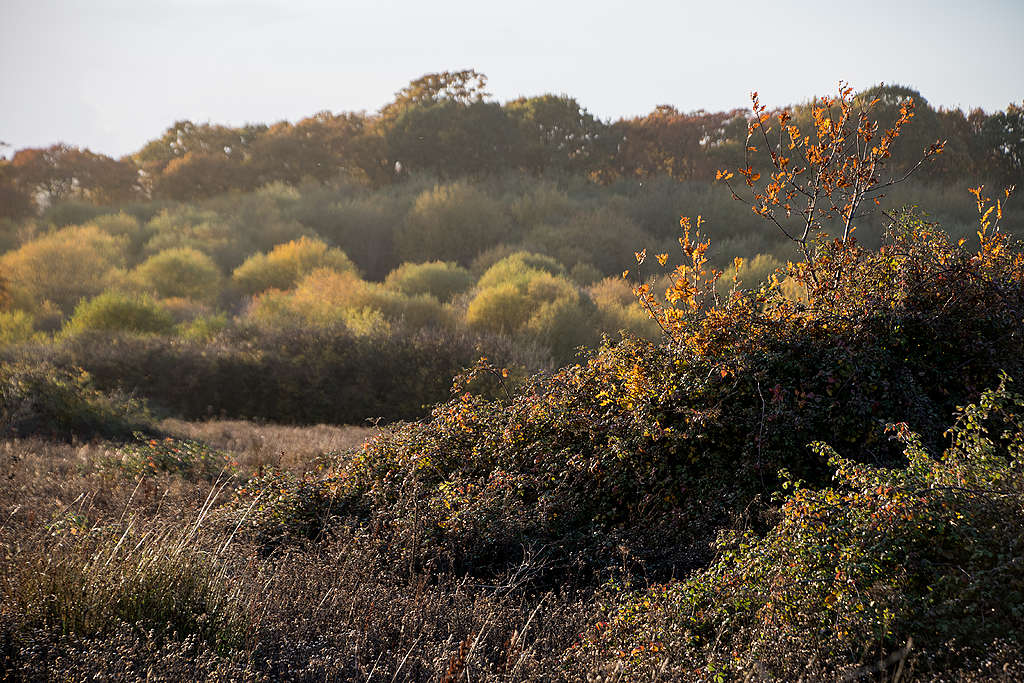
The human blind-spot about ecology is partially a result of our common language of commerce; based on nouns, on things. We label things as, “tree,” or “soil,” an “atmosphere,” or a “crop,” but none of these exist independently of the others. Ecology, on the other hand, functions as a complexity of relationships, not isolated things.
A healthy oak tree in an open space will support hundreds of lichen, fungi, and invertebrate species, which in turn supply ecological services to other species. The fungi help supply nutrients and act as an early warning system for the trees, stimulating defensive enzymes in the presence of harmful chemicals. The invertebrates help cycle nutrients through soil and provide food for birds, who will, in turn help certain trees and shrubs distribute seeds.
Nancy and her parents began to watch and learn how a healthy ecosystem worked. Modern human science may not even know all of the species critical to our ecosystems, so the idea that we can engineer nature ourselves appears as human arrogance. Rewilding gives land back to the complex, diverse natural processes of evolution, and the results can be astounding.
After meeting the ecologist Franz Vera – author of Grazing Ecology and Forest History
and director of the Oostvaardersplassen nature reserve in the Netherlands – Isabella and Charlie replaced their domesticated animals with free-roaming herds of Old English longhorn cattle, Tamworth pigs, Exmoor ponies, and red and fallow deer.
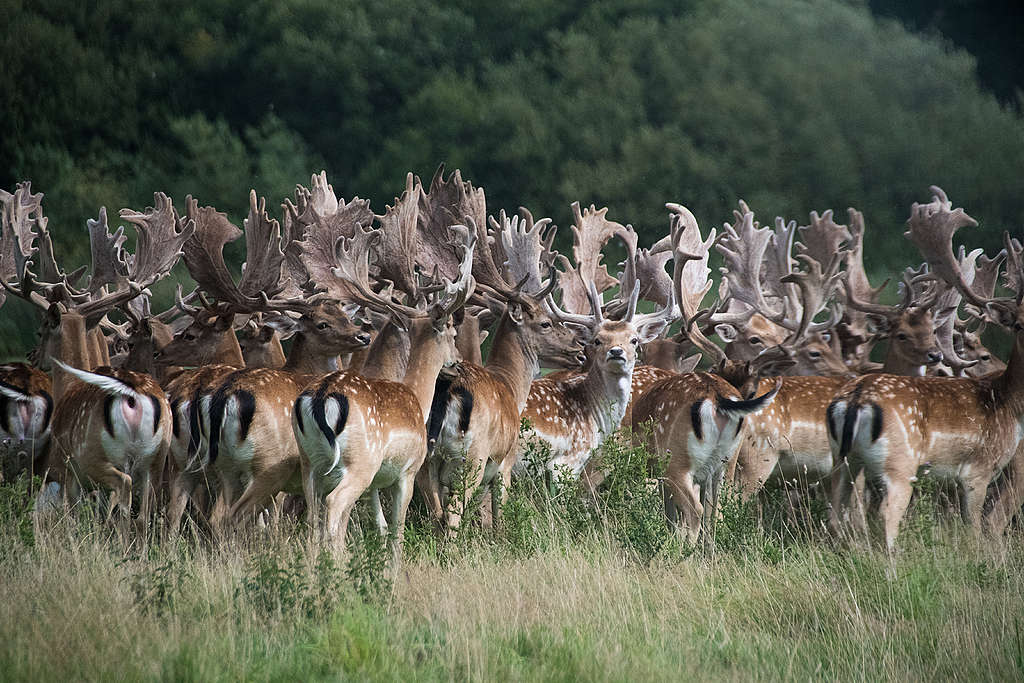
Isabella and her husband discovered, for example, that as the pigs graze, rootle for rhizomes, and trample vegetation, they vitalize organic matter and biota that help create various soil varieties that provide diverse habitat for microorganisms, invertebrates, small mammals, and birds.
Animal dung adds nutrients and insect habitats that accelerate soil restoration. When the entire system is organic, and when livestock numbers remain low, native flora germinate, thrive, and contribute to biodiversity. For example, at Tree and Burrell’s Knepp farm, the activity of wild mammals gave rise to patches of sallow, attracting the rare Purple Emperor butterflies, who lay their eggs on sallow leaves.
The important ecology lesson here is that animals not only live in a habitat, they create habitats. By 2016 the family had documented 62 bee species, 30 wasp species, and 441 moth species on the Knepp estate, some extremely rare or previously undocumented in the UK. The revival of diverse butterfly and bee species enhanced pollination for plants and provided insect prey for birds, amphibians, and other species. Isabella viewed the revived ecosystem as a wild “mess,” the antithesis of a managed farm.

Soil is not dirt
When animals have not been dosed with antibiotics, their manure
provides habitat for microorganisms, fungi, and invertebrates. Knepp
lands became a breeding ground for 19 earthworm species, who aerate,
hydrate, rotavate, fertilize, and detoxify the soil. The family found,
in a single cowpat, 23 species of dung beetle, one of which – the Violet
Dor beetle (geotrupes mutator) – had not been seen in Sussex
for 50 years. They have now documented over 600 invertebrate species
occupying the site at Knepp, supporting organic decomposition and
circulating nutrients.In 2015, the UN Food and Agriculture Organization reported
that, every year, due to ploughing and intensive cropping, 25 to 40 billion tonnes of Earth’s topsoil are lost to erosion. In 2014, the UK Farmers Weekly predicted that depleted, eroded UK soils would only support about 100 future harvests. Letting land go wild, with grazing herbivores, can reverse this erosion and restore soil.
All human civilization, even the most modern, industrialized cultures, depend on soil. Furthermore, as microbiologist Dr Elaine Ingham points out
, “Soil is not dirt.” Healthy, productive soils contain about 45% of what we call “dirt,” non-organic clay, silt, and sand, and about 50% air and water. The remaining, critical 5% of healthy soil is comprised of organic, decaying organisms, microbes, fungi, and bacteria.
Soils compacted by heavy farm equipment, and depleted of soil biota by plows and pesticides, contain fewer microbes and few open pockets to hold air and water. In healthy soil, microbes create open pockets where air and water can move. Bacteria and fungi secrete thick compounds that bind soil particles together to create aggregates that help aerate and hydrate the soils. Some fungi stitch soils with thread-like hyphae, creating more pockets for water and air. This allows plant roots to penetrate deeper. Since different microbes and nutrients reside in different layers of healthy soil, this allows for healthier and more diverse flora.
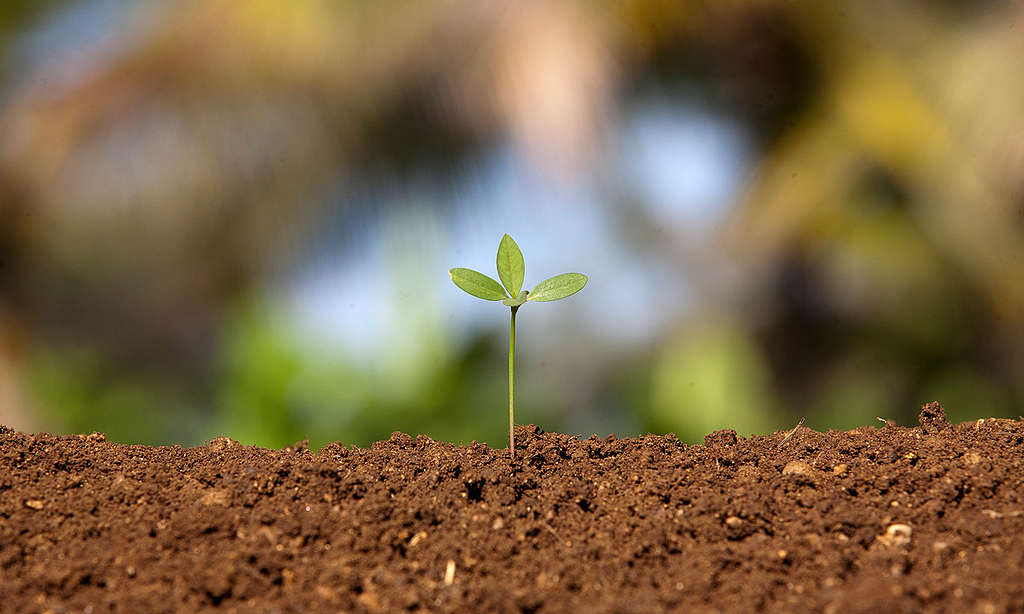
Restoring the world
Perhaps the most important concept of wilding is leaving nature alone
to do its work, but this does not preclude intelligent human
intervention to kick-start the process.By the 1930s, wolves had been eliminated from the Yellowstone Lake region of Wyoming. With the wolves gone, elk expanded and curtailed winter migrations. Large elk herds would browse on riparian willow saplings, reducing beaver colonies, who relied on willow to survive the winter. The loss of beaver reduced wetland habitats for fish and water-birds, and reduced shrub habitat for invertebrates and songbirds. The loss of wolves reduced scavenger species, such as ravens, magpies, coyotes, and grizzly bears. In 1995, when biologists reintroduced
the grey wolf, they witnessed a return of the beaver and a “trophic cascade” of biodiversity.
Certain microbes, bacteria, fungi, and plants can metabolize pollutants in soil, which led biologist, Dr. John Todd, to treat domestic sewage and to clean up contaminated soil and water with natural, biological systems
.“Landscape restoration starts with restoring ecological function,” says John Liu, an American working with the Chinese government on ecological rehabilitation projects.
According to David Montgomery, professor of Earth and space sciences at the University of Washington and author of Dirt: The Erosion of Civilizations
, “societies that don’t take care of their soil don’t last.”
“The soil is, quite literally, what grounds us,” writes Isabella Tree. “It is the invisible foundation of all that we see emerging before our eyes; it is the great recycler, the connector, the key to life itself.”
Resources and links
Isabella Tree, “Wilding: The Return of Nature to a British Farm,” Picador / Pan Macmillan
“World Scientists’ Warning of a Climate Emergency,” William J Ripple, et al.; BioScience
, November 5, 2019
Franciscus Vera, “Grazing Ecology and Forest History” CABI
, 2000
George Monbiot, “Feral: Searching for Enchantment on the Frontiers of Rewilding,” review, Guardian
, 2013
“Status of World’s Soil resources,” UN Food and Agriculture Organization
, 2015
Philip Case, “Only 100 harvests left in UK farm soils, scientists warn,” Farmers Weekly
, October 2014
“Sustainability and Organic Livestock Modelling,” Christian Schader, Adrian Muller and Nadia El-Hage Scialabba, UN Food and Agriculture Organization, FAO
, April 2013
“Thirty Years and Counting: Bioremediation in Its Prime?” Bioscience
, March, 2005
Richard J. Sima, “A Dirty Truth: Humans Began Accelerating Soil Erosion 4,000 Years Ago,” Eos
, 10 December 2019
“Assessing the resistance and bioremediation ability of selected bacterial and protozoan species to heavy metals,” I. Kamika and M. Momba; BioMed Central
, Microbiology, Feb. 2013
Paul Stamets, ” Helping the Ecosystem through mushroom cultivation,” Fungi Perfecti
, January 2000
John Todd: Ecological Design
John Lui, documentary: Green Gold
“Soil, not Dirt – Dr Elaine Ingham Talks Soil Microbiology,” Permaculture Research Institute
, 2013
“Wolf Reintroduction Changes Ecosystem in Yellowstone,” Yellowstone Park

No comments:
Post a Comment
Note: Only a member of this blog may post a comment.